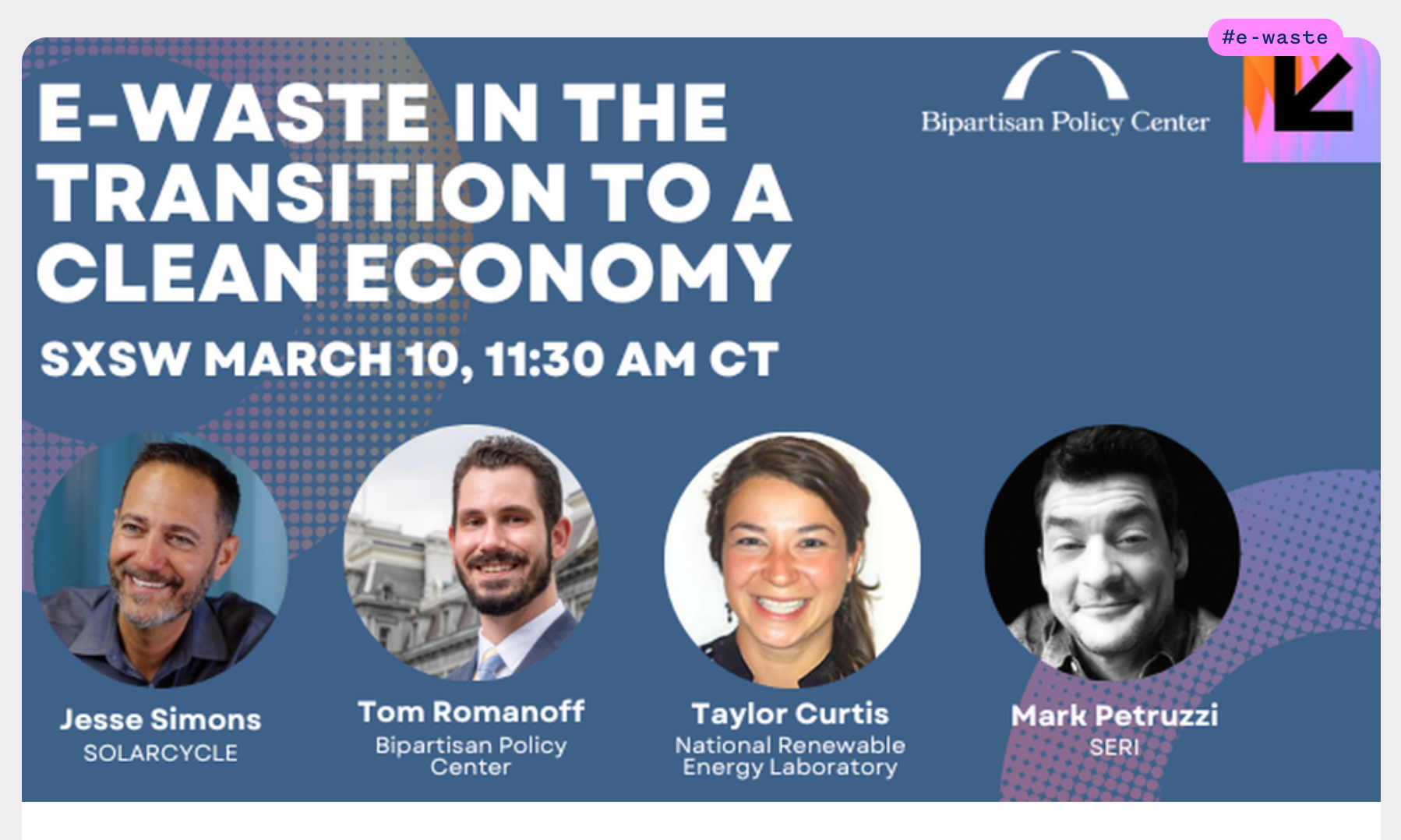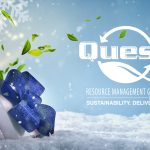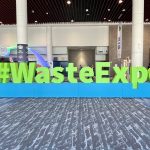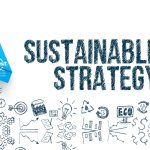3 Key Sustainability Findings at SXSW 2023: What Your Company Can Learn & Put Into Action
– Mar. 23, 2023 –
The Austin-Texas-based festival South by Southwest wrapped over the weekend. As much as the ten-day event celebrates music and film, it’s also a conference that connects the public with experts welcoming change through innovative technology and techniques – as exemplified by SXSW 2023’s sustainability-focused panels.
If you’re an executive who’s curious about what your company could be doing to be more sustainable or why now is a perfect time to rethink your approach, read the three takeaways below from this year’s SXSW environmental talks and films.
 Have a Comprehensive View: “E-waste in the Transition to a Clean Economy” Panel
Have a Comprehensive View: “E-waste in the Transition to a Clean Economy” Panel
One of SXSW’s earliest panels was “E-waste in the Transition to a Clean Economy,” an hour-long discussion about how our world is undergoing a clean energy transition and how it will dramatically shift how our economy operates.
We can prepare for more companies to announce or make plans to:
- Reduce emissions by way of gathering resources to make products or ship products to retailers/customers
- Increase efficiencies to better focus on their core business
- Create new jobs or partner up to assess and manage the ins and outs of their operations
Panelists Taylor Curtis (National Renewable Energy Laboratory), Mark Petruzzi (SERI), Tom Romanoff (Bipartisan Policy Center) and Jesse Simons (SOLARCYCLE, via satellite) weren’t shy to bring up the negative and often overlooked dimension of this change: the creation of more waste from clean energy use.
Through examples of solar photovoltaics, wind turbines and batteries, it’s clear how vital it is for companies to have a comprehensive view of their operations, especially when planning to go public with adopting a new technique and/or technology. What may be helping one area could be damaging another, allowing the “shiny” element to cloud the sustainable journey.
Is this new tech or technique masquerading good when its process is more complicated and harmful than you may know? Knowledge is key, and an operational analysis can unlock the knowledge a company needs to make the proper steps toward their sustainability goals.
For more compelling insights from the “E-waste in the Transition to a Clean Economy” panel, see our LinkedIn post recap about having confidence in the secondary market and the importance of changing our language (“waste isn’t waste when it has value”).

“The EV Battery Supply Chain Paradox” SXSW Panel, featuring experts (L-R) Tanya Das, Kelly Fleming, Chris Doornbos and Juliet Akamboe. Photo by Quest RMG.
Charging Forward with Science: “The EV Battery Supply Chain Paradox” Panel
The SXSW panel “The EV Battery Supply Chain Paradox” drilled deep down the path to electrifying our transportation system and expanding the role of electric vehicle batteries to reduce greenhouse gas emissions.
The discussion featured perspectives from Juliet Akamboe (Colorado School of Mines), Tanya Das (Bipartisan Policy Center), Chris Doornbos (E3 Lithium) and Kelly Fleming (Institute for Transportation Decarbonization), detailing that more EVs mean more mining and critical minerals being deployed at a large scale.
Tanya Das shared an alarming statistic: “an EV requires around 450 lbs. of minerals compared to the 100 lbs. in traditional gas cars.” This dichotomy highlights how EVs and mineral supply chains are linked. The global supply chains we rely on with these minerals face environmental practices, human rights practices and global security concerns.
As detailed in one of our recent blogs, there have been breakthroughs in the production process of EVs. For example, manufacturers, equipment suppliers and OEMs are looking into the tech used to extract and refine critical minerals – such as the work panelist Chris Doornbos does with E3 Lithium, using an innovative process that doesn’t require mining but science with its extraction. Instead of using machines to remove the elements needed to make an EV battery, this process chemically filters lithium and reinjects the unneeded materials back into the earth. It’s a closed-loop system we could all learn from, making it an environmentally and economically sufficient method.
For more about what your industry can learn from the EV process, read our blog from last year about the EV forecast.

“Wild Life” will have its broadcast debut on National Geographic Channel on May 25 and will stream May 26 on Disney+. Pictured: Kris Tompkins on her hike up the mountain range in Patagonia, Chile. Photo courtesy of Jimmy Chin.
Importance of Maintaining Ecosystems: “Wild Life” Documentary About Husband-and-Wife Conservationists
In the film section, SXSW held the world premiere of the upcoming National Geographic documentary “Wild Life,” directed by Academy Award-winning filmmakers Jimmy Chin and Elizabeth Chai Vasarhelyi (“Free Solo”).
The film presents a sweeping portrait of conservationists Kristine and Doug Tompkins, who fought to preserve one of the last truly wild places on earth.
While conservation work may seem like a far cry from your business, there’s a thread that holds it all together: the importance of maintaining ecosystems.
In “Wild Life,” we watch the chronicling of the Tompkins family purchasing thousands of acres in Chile and Argentina, only to rewild it (put the animals pushed out due to lack of control) and give it back to the country as a national park. These efforts helped save endangered species and protect resources. Everything plays a role in an ecosystem, and this line of thinking is inspiring.
By working with others who help to conserve resources, reuse/recycle and manage waste properly, business leaders such as yourself can help sustain the environment for future generations and increase operational efficiency.
May the above learnings charge you down the path toward sustainability. Should you need guidance along your journey, seek help from a service provider whose business goals align with yours.








